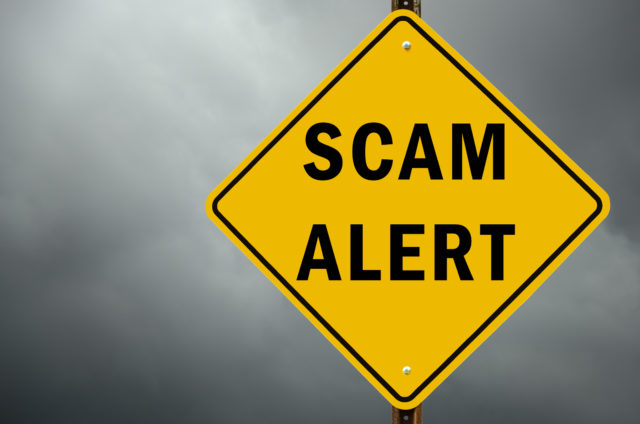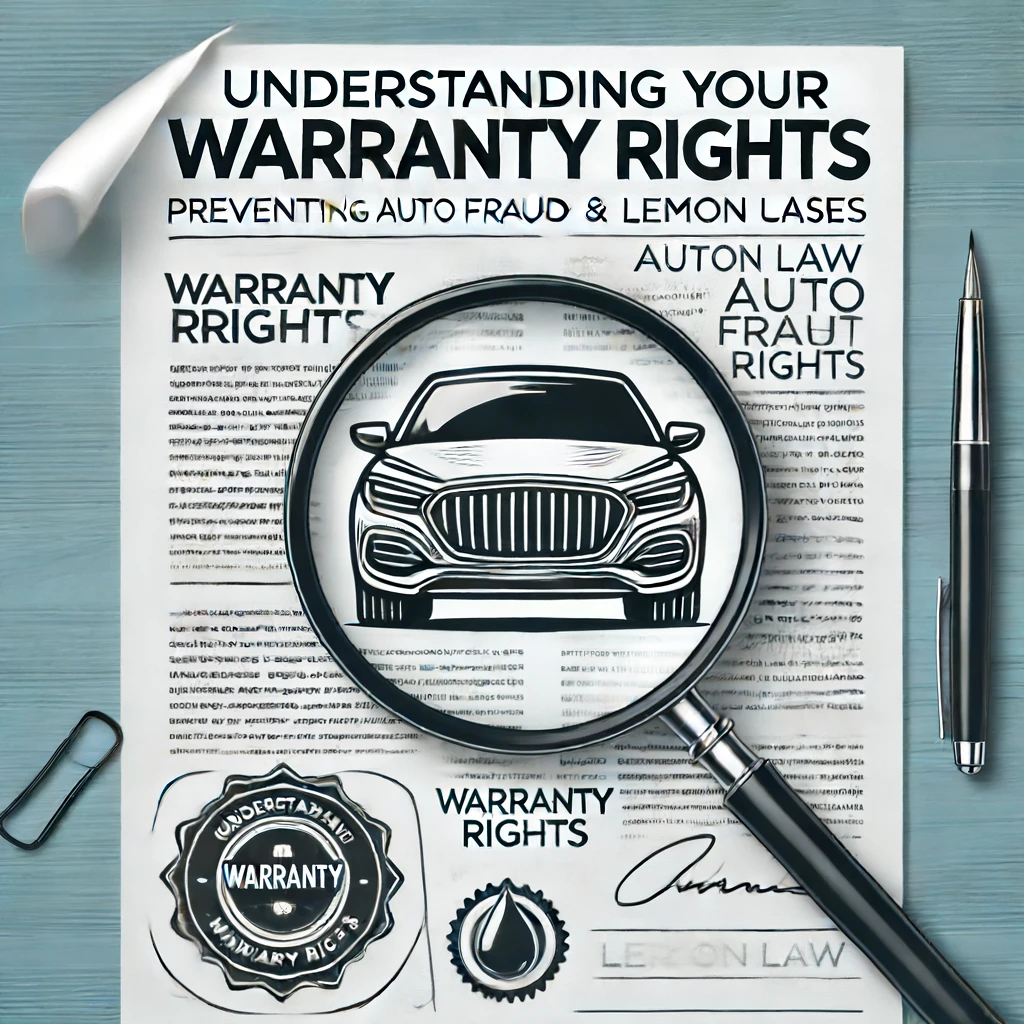If you took Marketing 101 in college, your textbook probably devoted one chapter to unethical advertising practices. Although it was the shortest chapter in a marketing textbook, the content still helped students learn about how some businesses deceive consumers with false advertising claims.
One of the oldest deceptive advertising scams is call bait and switch. Whenever you hear the term “Old school,” you can apply it to a bait and switch scam. Bait and switch scams cover a large number of consumer products, but the false advertising scheme is an especially effective tool for high-price items that include automobiles.
How Does a Bait and Switch Scam Work?
If you dusted off your old Marketing 101 textbook, discovering what bait and switch means boils down to one sentence: Bait and switch is lying about something to lure customers into the store.
One popular version of a bait and switch scam in the automotive industry involves lying about the price of a vehicle. Let’s say a Ford dealership offered a ridiculously low price for a new Taurus, so ridiculous that a line forms outside the showroom before the doors open for the day. Once the potential customers enter the showroom, they find out the actual price of the new Ford Taurus is thousands of dollars above the price quoted in an advertisement.
Another popular bait and switch tactic involves the same concept, except the car dealership does not jack up the price of the Taurus. Instead, the auto dealer claims the business has sold out of the Ford Taurus and customers have to consider other more expensive vehicles. Unethical car dealerships typically implement bait and switch scams at the end of the month when sales reps need to meet their sales quotas.
Some Offers are Not Bait and Switch Scams
Not only should car buyers detect a bait and switch scam, but they should also realize when a car dealership has simply made a mistake. There are two ways an auto dealer can make a mistake that customers believe is a bait and switch scam.
Price Mistake
Errors in the pricing of vehicles is the most common mistake made by car dealers. It is simply a genuine error because the manufacturer listed the wrong price. Because of the high prices of motor vehicles, pricing errors are usually easy to spot. For example, a 2020 Chevy Silverado priced at $20,000 indicates either a pricing error or that something is wrong with the truck.
Limited Supply
Another type of genuine mistake that leads some consumers to cry ‘Bait and switch.” involves the limited supply of a product. Let’s assume Honda promised dealers a certain number of Civics to sell during a
discount special. However, the manufacturer was unable to fulfill orders from all the dealerships. Some of the dealers received an inventory of Civics that fell below their expectations. This is not a bait and switch scam because the dealers that received fewer Civic did not know about the manufacturing glitch.
How to Detect a Bait and Switch Scheme
Bait and switch scams raise several red flags. If you notice one or more of the following signs of a bait and switch scheme, contact the California Department of Justice.
- The dealer asks about your payment details before you stop by the showroom
- Fine print has several strings attached

- The dealership gives excuses for running out of inventory or charging more than what is advertised
- Sales rep claims you have to buy an advertised vehicle that includes several accessories not advertised by the dealership
- The sales rep is evasive when you ask questions
Online Bait and Switch Tactics
Before the advent of the Internet, bait and switch was all about print and electronic media advertisements. With online sales of motor vehicles increasing with each passing year, so have the number of bait and switch reports in California.
Online bait and switch tactics resemble the tactics used by car dealers for print advertisements. However, unlike print advertisements, it can be difficult to collect hard evidence of an online bait and switch scam. One strategy to protect yourself is to take screenshots of the advertisements a car dealer runs online for discounted vehicles.
Contact a California Consumer Protection Attorney
Contacting the California Department of Justice is one way to back at an unethical auto dealership. You should also consider contacting a California consumer protection lawyer who has compiled a proven record of winning auto fraud cases. An experienced consumer protection attorney can help you recover the money you lost because of a bait and switch scam.






